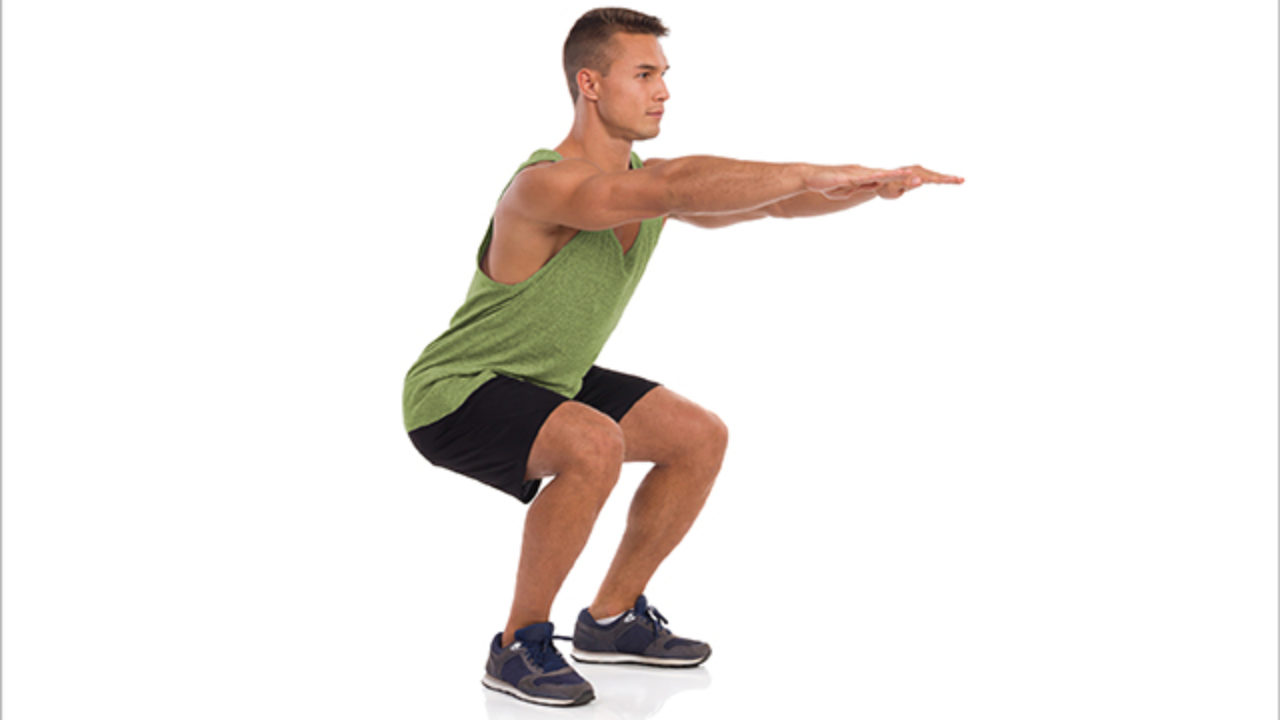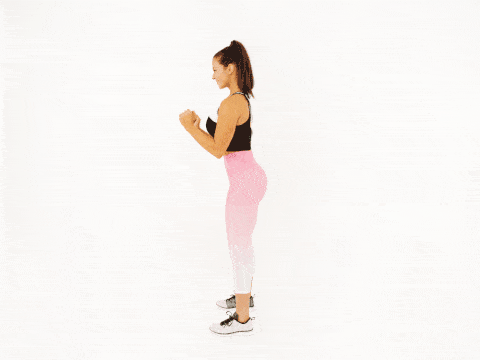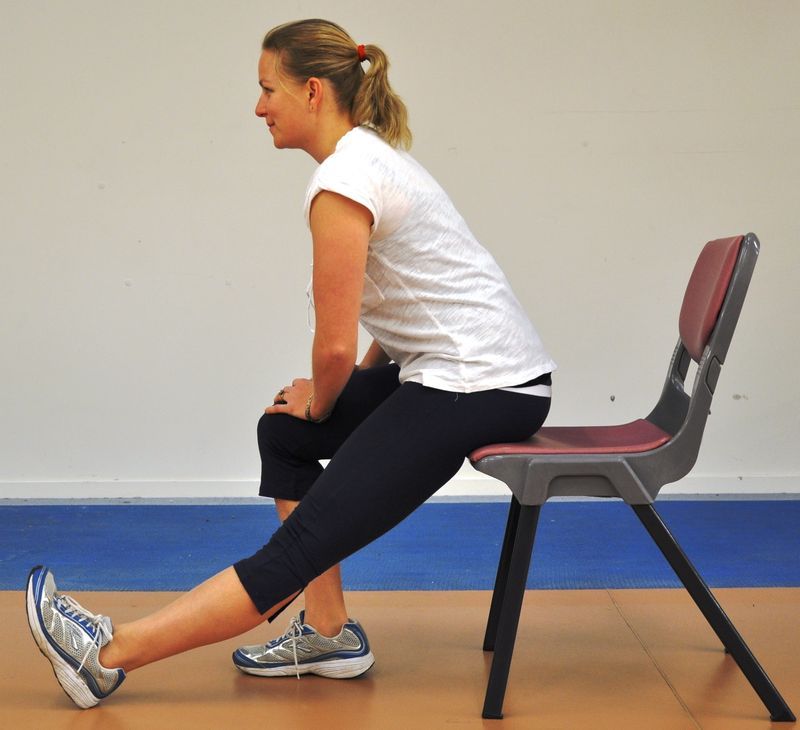If you are a healthy person, you may use the best exercises to reduce knee pain to perform injury prehab, raise your lower body power and increase your endurance. The exercises will make you a much better athlete. In case you have knee pain, then the fundamental knee exercises to reduce knee pain can get you back to the path towards becoming high heeled, at which stage you are able to advance to doing the tougher exercises.
Knee pain shouldn’t be ignored. Due to knee pain, your body is warning you as it requires your attention. Though the remainder and medications work, knee strengthening exercises to reduce knee pain may accelerate the recovery procedure. So, keep reading to determine which knee strengthening exercises will work for you, the way to do them and what measures to take. Let us start!
Advantages of Exercises to Reduce Knee Pain
The exercise could be the best approach to deal with osteoarthritis without operation, whereas the powerful and flexible muscles may keep knees healthy and protect against injury. Exercises to reduce knee pain don’t impact the knee joint straight, but they reinforce the muscles surrounding it. This service can alleviate strain and pressure on those joints, which may alleviate pain and help someone be more energetic.
If someone belongs to Mumbai or nearby and experiences pain through these exercises, then they ought to stop doing them and talk to the best orthopedic doctor in Mumbai. Anyone with acute knee pain should consult prior to attempting to exercise.
It’s ideal to warm up with light exercise prior to beginning any knee strengthening exercises. This action will help boost blood circulation to the muscles and permit them to be flexible.
So, let’s discuss the top 10 knee strengthening exercises to reduce pain and injury. Have a look:
Hamstring Curls on a weight bench

Tight hamstrings also don’t permit the knees and legs to move in their entire range of motion. It’s important to stretch these long, large muscles which slide down the backs of the upper thighs. Hamstring curls are the best exercises to reduce knee pain.
If your lower back is high heeled, a simple way to stretch the hamstrings is really a forward fold. Inhale and lift your arms over your head, then in an exhale, hinge at the hips and fold forward. Bend your knees if you want to in order to set your hands on the floor. Maintain your belly engaged, and breathe as you fold forward. Make sure the weight is balanced over your own feet. Do not lean back in your heels or forward on your feet.
If you have pain in your lower back, do the exact same forward fold but in the wall. Inhale and on a paddle, fold your body into an L-shape, putting your palms on the wall.
- Lie face down on the seat with the knees together.
- Tuck the toes beneath the weight. The weight must sit just over the heels.
- Gradually bend the knees, employing the force of the legs to increase up the weight. Proceed to lift the weight at a smooth movement until the knees bend at a 90-degree angle.
- Hold up the weight for 5 minutes and then slowly lower down it.
- Perform around 15 repetitions (reps).
Partial/Wall Squats

You can even do one set of five however hold the barbell for five breaths rather than coming instantly up. Be certain that you keep your tailbone tucked along with reduced abdomen lifted, engaging your heart to support your lower spine. For much more support, finish this workout using a yoga cube stored between your thighs. This will definitely keep your inner thighs participated.
While bending the knee beyond 90 degrees might be impossible for several injuries or arthritis pain, partial squats help strengthen the thigh and gluteus muscles to support the knee. Appropriate form means hinging in the hip joint to maintain the knees across the ankles.
For wall squats, follow:
- Stand together with the head, back, shoulders, and buttocks flat against a wall socket.
- Measure out both feet about 24 inches from the wall, while retaining the shoulders and back. Maintain the feet no longer than hip-width apart.
- Slide down the back wall gradually until your system is simply over a normal sitting posture.
- Repeat.
Inner Thigh Lifts

This exercise accounts for the aid of the knee by constructing the often-neglected inner thigh muscles. The internal thigh muscles result in instability in all our motion, but they’re often weak and controlled by the powerful muscles of the outer thigh and gluteus maximus.
Lie on the side, now with your head resting on your arm. If it works for your knee, bend your right leg and then put that foot onto the ground behind your left leg. If it does not, simply move the ideal leg straight back and from the way. Repeat a few sets of ten on the two legs.
You may also do this exercise at a seat. Lift 1 leg at a time, until it is parallel with the ground. Hold for five minutes, and repeat a couple of times. This exercise may also be done with ankle weights for extra resistance.
Again, it doesn’t matter how large the leg comes from the ground. You could not be aware of how hard this exercise is with only a tiny lift.
Calf Stretches/Raises

Begin with a stretch in every calf as it recommended as one of the best exercises to reduce knee pain. Flex your foot and set your feet against a wall, with your heel on the floor (the foot will be angled into the wall). Don’t hyperextend the knee whenever you do that stretch. Press down on your big toe or set a small bend in the knee to avoid hyperextension. Hold the stretch for a minimum of five breaths, then repeat on the opposite side.
For calf lifts, stand facing a wall, about an arm’s length away, and just move your own body from standing with horizontal feet to position on tiptoe by lowering and raising your heels. For more of a struggle, do one foot at a time or perform so on the staircase, dipping the heels under the measure when you reduce. Again, be conscious of hyperextension. Shield the knees by placing a little bend in them.
Side Leg Lifts

These exercises to reduce knee pain fortify the outer leg muscles all of the ways down the leg. Lie on your left side with your left arm propping your upper body and your right hand on the ground before you. In an inhalation, lift your leg up into the atmosphere gradually, then lower in an exhalation.
Do this movement really slowly for maximum advantage, and focus on lifting the muscles of the leg, not the stomach or the lower spine. Repeat a few sets of ten. Perform the identical movement on the opposite leg. The strengthening comes from utilizing the right muscles in a deliberate manner. Proceed and feel that your outer leg muscles participate.
Amosov Squat

In case you’ve suffered a recent knee injury, then the Amosov squat could be one of the very beneficial exercises to reduce knee pain. In reality, it helps cure patellar tendonitis quicker. You put your weight in an immobile thing and squat. Hold a hardy immobile object along with your feet flat on the ground and also a bit more besides the width of your buttocks. Reduce your body slowly and sit completely without touching your buttocks to the ground.
- Lex your knees and keep your shins right back. Reduce your body slowly and sit down completely without touching your buttocks to the floor.
- Hold for two seconds and then gradually rise to the starting place.
Do this 10-20 times, twice every day. There is no variation for this exercise. Decrease your body carefully and slowly to prevent knee injury.
The Bridge

The bridge is an excellent practice to strengthen your knees. Lie down on your back with your knees bent, arms on the side, palms facing down, and feet flat on the ground.
- Clench your buttocks and lift your hips around 3 inches off the floor. Your palms must be repaired flat on the ground.
- Hold for 2-3 minutes.
- Exhale and gently lower your entire body and return to the starting position.
Do this 10-20 times, twice every day. You can maintain 2-pound dumbbells and place your hands on your tummy and do that exercise. Keep your back straight when you do that exercise.
Lunges

The strength of the muscles determines the strength of their knees. The stronger they are, the longer shock they’ll absorb, thereby preventing knee injury and pain. Stand straight with your legs hip-width aside, and hands resting on your waist.
- Put your leg ahead, bend your knees, and lower your body.
- Hold for 2 seconds. Rise and return to the beginning place.
- Place your left leg forward, flex your knees, and lower your entire body.
- Hold for 2 seconds. Rise and go back to the beginning place.
You are able to hold 2-pound weights in both your hands and do this workout after fourteen days of knee strengthening exercises. Additionally, avoid doing volatile lunges if your knee injury is recent.
Foam Roller

Foam exercises are a great way to massage and relax your tight, inflamed, and contracted muscles. Sit on the floor with your legs extended, hands behind your back, and palms flat on the ground. Keep a foam roller under your thighs.
- Lift your hips and move your body forward so the foam roller rolls up to your thighs.
- Move your body backward so the foam roller rolls down.
- Place the foam roller under your calves and move up your body and down to roll up the foam roller up and down your calf muscles.
- Lie on your side and place the foam roller under your thighs. Encourage your upper body by extending one hand and touching the floor with the palms.
Hamstring Clenches

The hamstrings are the muscles found at the back of your thighs. Considering that the hamstrings also help in leg and knee motion, strengthening them would take the load off the knees. Sit on a chair with your feet flat on the ground, and your heels against the leg of the chair.
- Press the heels from the top of the chair firmly until you feel the back of your thighs.
- Hold for 5-10 seconds and then discharge.
You can perform this exercise 10-20 times, two times every day. There are no variations with this exercise. Do not move your feet while doing this exercise.
The Final Words
As you increase the intensity of your workout plan, you might encounter temporary setbacks. If your knee swells or breaks following a specific exercise task, you ought to block the activity until you are feeling better. These exercises to reduce knee pain can help one to quicker healing.
As an entire beginner, you can begin using these exercises. If you’re performing the exercise for quite a very long time then it is time to see the best orthopedic doctor in Mumbai or close to you who will diagnose the actual reason behind the pain.
